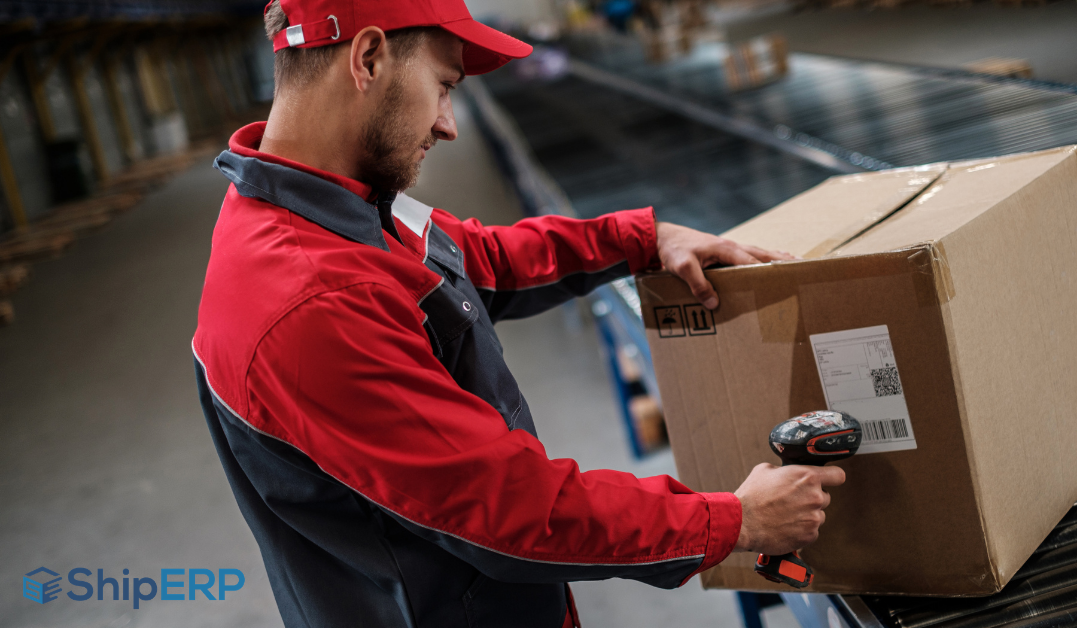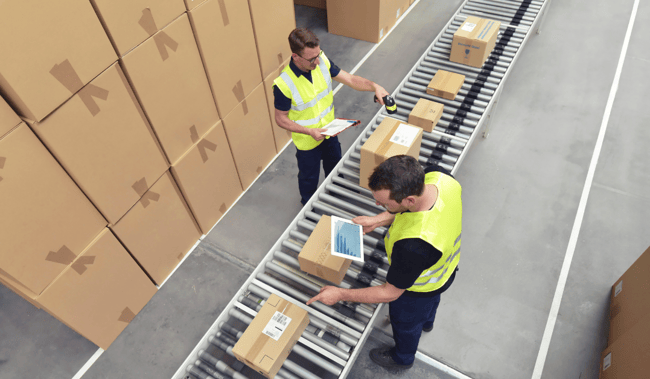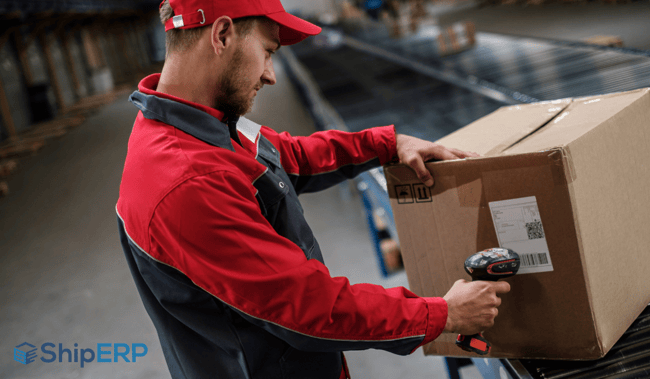
Maximize Supply Chain Potential with an Inbound Logistics Software
We all know that supply chain management is critical to the modern business environment. Effective management of a supply chain means ensuring required inventories, reducing lead times, and decreasing operating costs. An increasing number of supply chain managers are turning to inbound logistics software to increase overall efficiency.
Let's take a look at inbound logistics and how software can help optimize your organization's performance.

What's the Difference Between Outbound and Inbound Logistics?
The difference between inbound and outbound logistics lies in whether you are receiving (inbound) or shipping (outbound) goods. When looking at how logistics affects these two processes, there are a few things to consider. While outbound logistics focuses on shipping orders to end-users or customers, inbound logistics aims to acquire raw materials, other supplies, or even finished goods from vendors.
Inbound logistics processes need to focus on materials management and the cultivation of various relationships with suppliers, manufacturers, and distributors. Ultimately, inbound logistics is critical for ensuring that products can get to the customer in time. Whether dealing with receiving, purchasing, or reverse logistics, an organized inbound logistics process is critical for companies.
How Does an Inbound Logistics Software Add Value to Your Supply Chain?
Effective management of inbound logistics can significantly enhance your supply chain's value in a wide number of ways. A strong inbound logistics program can improve the efficiency of the supply chain by streamlining processes. Streamlining can lead to saved labor, increased automation, and faster acquisition of needed materials.
Inbound logistics can also leverage the use of analytics to improve a company's bottom line. Optimizing your inbound logistics through analysis can provide significant insights into associated costs, allowing for alterations in processes that can ultimately help keep costs down. Optimization can also strengthen relationships with suppliers by adding convenience and predictability to the process.
As organizations grow and increase their number of suppliers, many quickly turn to inbound logistics software as a solution aimed at optimizing the supply chain. The value added in terms of efficiency and cost management is one of the major reasons why optimizing inbound logistics can allow your company to thrive while making your job much easier.
What Are the Benefits of Optimizing Inbound Logistics for You and Your Customers?
If you are considering taking advantage of an inbound logistics software solution, you are probably wondering the ways that optimizing your supply chain will affect you and your customers. One of the most immediately notable effects felt by many organizations is a reduced burden on the procurement staff. Adopting trusted technology can free up your procurement team's already busy time focusing on other responsibilities.
Inbound Logistics Benefits for You and Your Team
Operationalizing inbound logistics with effective technological solutions also means that you will be poised to take greater control of your supply chain. Stay in control and apprised of all shipments through a singular source, providing ease of information and empowering better analytics overall.
Speaking of analytics, the computing power of inbound logistics software solutions can provide a great deal of insight into the decision-making process. Identify targets for improved efficiency, reduce overhead through costs analysis, and reduce material consumption and waste.
Inbound Logistics Benefits for Your Customers
However, inbound logistics do not just matter for your organization; they are also of great importance to your customers. Inbound logistics is the first stage of the production model. If something goes wrong, it will have ripple effects. Providing optimal inbound logistics preserves the overall customer experience.
Additionally, inbound logistics can lead to improved quality of your products and services while ensuring that companies are less likely to be negatively impacted by a disruption in the supply chain. This means your customers will be less likely to be affected by any shortages in the supply chain as you are better able to keep your product on the shelves.

How Can You Streamline Inbound Logistics?
One of the most effective things your company can do is integrate its inbound logistics with a supplier portal. This provides the ability to work with all suppliers through a singular platform, removing the need to have unique processes for different suppliers. A supplier portal also enhances the visibility and accessibility of information by providing web and mobile-based access to real-time data.
Building effective relationships with suppliers is another critical aspect of optimizing inbound logistics. This contributes to a better quality of work while also helping reduce lead times and potentially save money through attaining more favorable times. In fact, utilization of a supplier portal is one way to enhance your relationship with suppliers and provide good service, such as paying promptly.
One of the most critical aspects of supply chain management in terms of inbound logistics is reducing inventory carrying costs, like warehouse storage fees and employee costs. An efficient inbound logistics solution empowered by rich data can help you make decisions that can reduce this overhead cost and contribute to the bottom line.
Finally, shifting your model to data-driven decision-making is essential. Many growing organizations simply continue doing what they have always done and do not realize the benefits of leveraging data to analyze cost-saving opportunities. Doing this, however, can greatly enhance inbound logistics by identifying opportunities to reduce costs and improve performance.
What Parts of Inbound Logistics Can You Improve?
Ultimately, you can improve nearly every aspect of inbound logistics. From receiving and purchasing to warehousing and transportation, there are opportunities to improve all aspects. This begins with a good understanding of where your organization succeeds in inbound logistics and the most pressing opportunities for improvement.
With purchasing, you can improve efficiency with optimized tracking, automation, and standardization. Meanwhile, you reduce carrying costs with demand planning and materials handling. Examination of data can identify opportunities for improvement and cost savings with transportation. Again, leveraging data is critical for the decision-making process in these areas, and implementing the right inbound logistics software solutions will enhance.
Final Thoughts: Your Future with Inbound Logistics Software
Inbound logistics is an area that many companies do not realize represents an excellent opportunity to enhance their financial performance and service quality. One of the most important ways to strengthen inbound logistics is to integrate the right software.
If you want to explore your inbound logistics optimization, why not sign up for a free demo of ShipERP's supplier portal software. Our SupplierPORTAL has enhanced our clients' ability to manage all inbound logistics through clear and direct communication with suppliers.

